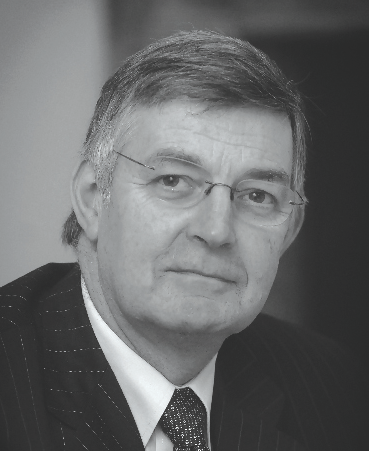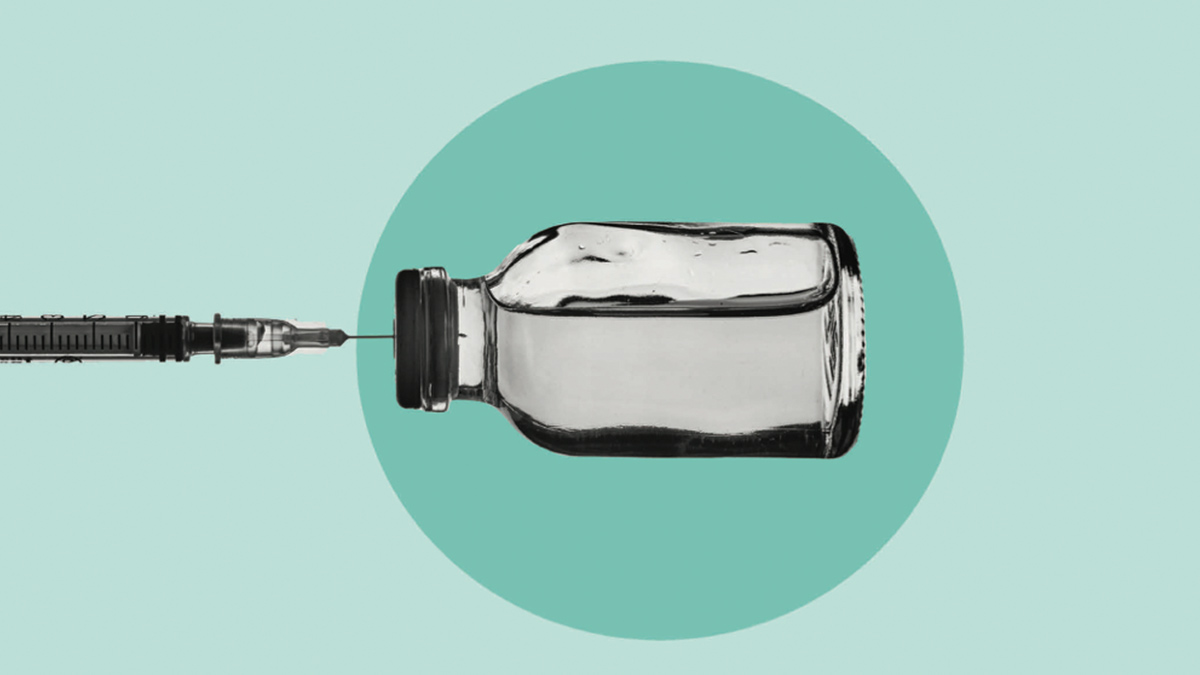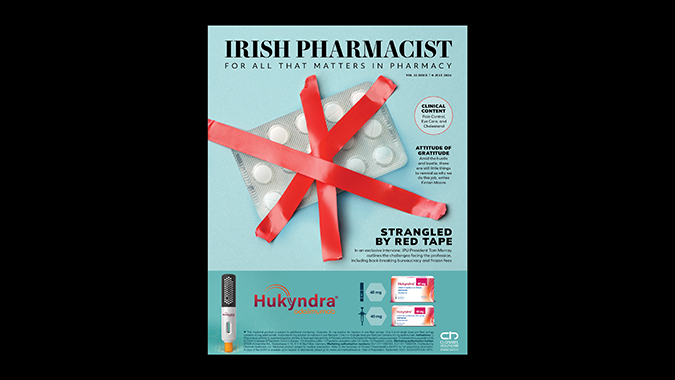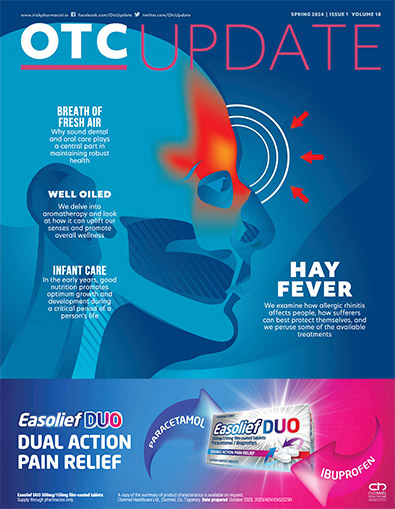Dr Des Corrigan highlights the damage done to our environment by the human quest for chemical intoxication
Most of us have some awareness of the cost of our various drug problems in terms of the deaths and ruined lives among individuals, the impact on their families and communities, and on society in general. Those broader societal costs include those arising from law enforcement, health and social care expenditure and higher insurance premiums linked to drug-related crime. Less-well understood or known are the environmental costs of the human quest for chemical intoxication. Such costs are in fact considerable.
Most readers are likely to assume that the main culprits when it comes to damage to our environment are synthetic drugs and it is true that the manufacture of such products results in significant pollution, not only of land, but also water resources because of the nature of the chemical reagents involved. Most of the evidence for such damage relates to amphetamines, including MDMA (ecstasy) because the Netherlands and Belgium are home to the main sites of synthesis and EUROPOL has been proactive in highlighting the dangers and costs involved.
The 2019 EU Drug Markets Report from EUROPOL and the EU’s Drugs Agency noted the discovery of 660 separate sites in the Netherlands and Belgium between 2015 and 2017. Arising from the estimated 62 tons of amphetamine/methamphetamine produced in such labs, up to 1,860 tons of toxic waste had to be disposed of, plus a further 88 tons arising from the synthesis of 8.8 tons of MDMA. Much of the waste involves reagents such as red phosphorous, sodium hydroxide, sulphuric and hydrochloric acids used in the synthesis and crystallisation of the drugs. Some of the waste is poured down sinks and toilets but much of it is dumped in containers in the open or in apartments. Some has been loaded onto lorries fitted with barrels, pumps and hoses, through which the waste drains onto the road as the lorry is driven around.
Some of the waste is poured down sinks and toilets, but much of it is dumped in containers in the open or in apartments
In 2015, four Belgian children were hospitalised with chemical burns after cycling through a pool of liquid caustic waste. The figures above do not include waste generated in the production of precursor and pre-precursor chemicals, leading to one source estimating a total waste generation of up to 9,000 tons, most of which has been found to be harmful to soil fauna such as worms, to aquatic life when it leaches into water sources, and to cattle.
The estimated cost of dismantling and cleaning up these production sites was €5.76 million, the bulk of which was accounted for by 322 Dutch sites. Similar problems have been reported by the UN from the Golden Triangle of Thailand, Laos and Myanmar, where ‘Yabba’ (amphetamine) synthesis is replacing opium processing, but those countries lack the resources for adequate clean-up, adding to the ecological damage.
You might be forgiven for thinking that the production of natural intoxicants from plant sources might be more eco-friendly, given that said plants use atmospheric CO2 in those photosynthetic reactions that lead to the biosynthesis of drug molecules such as morphine, cocaine and THC. You could not be more wrong, as the cultivation of these plants results in massive destruction of habitats, depletion of often-scarce water resources and toxification of waterways by agro-chemicals, including unapproved anticoagulant rodenticides and herbicides.
According to a paper in the Global Societies Journal and a report by Germany’s international broadcaster, Deutsche Welle, in October last year, more than 300,000 hectares, or 741 million acres, of forest have been cleared in Colombia since 2001 to grow coca bushes.
Some 50,000 hectares of that has been in the precious Amazon region. During the same period, 292,000 hectares of Peruvian Amazon rainforest has been lost to coca cultivation. How much carbon sequestering has been lost as a result is unknown. The subsequent extraction of coca paste and its processing into cocaine means that several million litres of ammonia, acetone, and HCl end up in soils and rivers each year, leading to further losses of aquatic plants and animals. Therefore, you cannot blame all of the devastation in the Amazon on greedy Brazilian beef farmers. Everyone who uses cocaine has to share the blame for the loss of biodiversity and ability to absorb CO2.
In the case of heroin, the UN estimates that the equivalent of 337,000 football pitches, or an area 23 times the size of Paris, is used to grow opium poppies, mainly in Afghanistan. Thanks to the intensive irrigation needed that uses 50,000 solar-powered pumps, ground water levels in Afghanistan are lowered by three metres a year. Wells now have to be drilled to a depth of 130 metres. In Yemen, 60 per cent of arable land is devoted to the growing of the amphetamine-like Khat plant, and up to 30 per cent of the ground- water supply goes into irrigating the trees. One cannot help feeling that growing food crops might be a better option in a country beset by famine, civil war and Covid-19.
Similar heavy demands on water supplies arise from the large-scale growing of cannabis. According to a 2018 report from Swansea University for the Global Drug Policy Observatory, titled The environmental impacts of the legalisation of Cannabis in California, one cannabis plant requires 23 litres of water per day, which is double that needed by grapes or tomatoes, and this in a state that suffers from chronic droughts and devastating forest fires. Light and heat used to grow legal cannabis in commercial indoor plantations involves an enormous energy requirement at 1 per cent of total US energy consumption, at a cost of $6 billion and resulting in 15 million metric tons of CO2 being emitted. This is the equivalent of emissions from three million cars!
The additional carbon footprint and water utilisation by the still-thriving illicit cannabis industry is unknown. One joint has the same footprint as three kilos of potatoes. In terms of CO2, that means the average joint involves around 2.5kg of CO2 emissions. Those who smoke or eat edible cannabis concentrates and who believe that because they are using ‘natural’ weed that they are respecting the planet need to be informed that such a delusion is a drug-fuelled fallacy.








